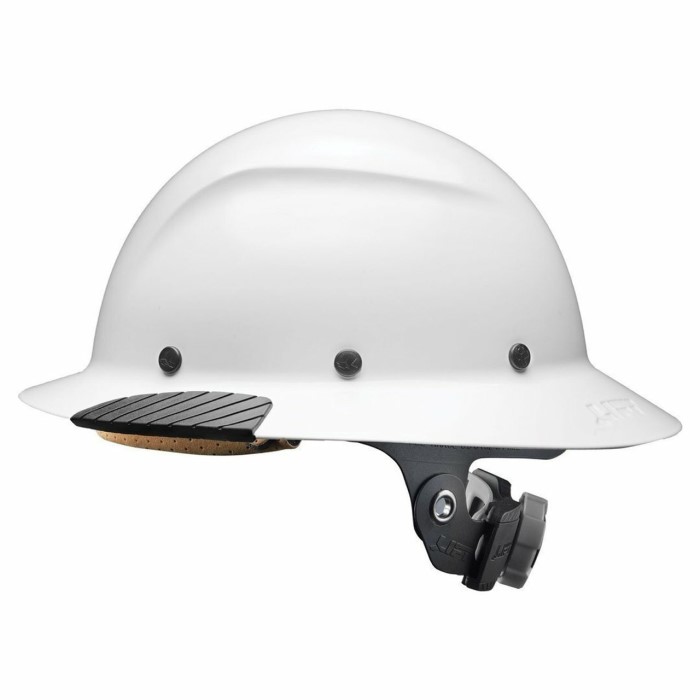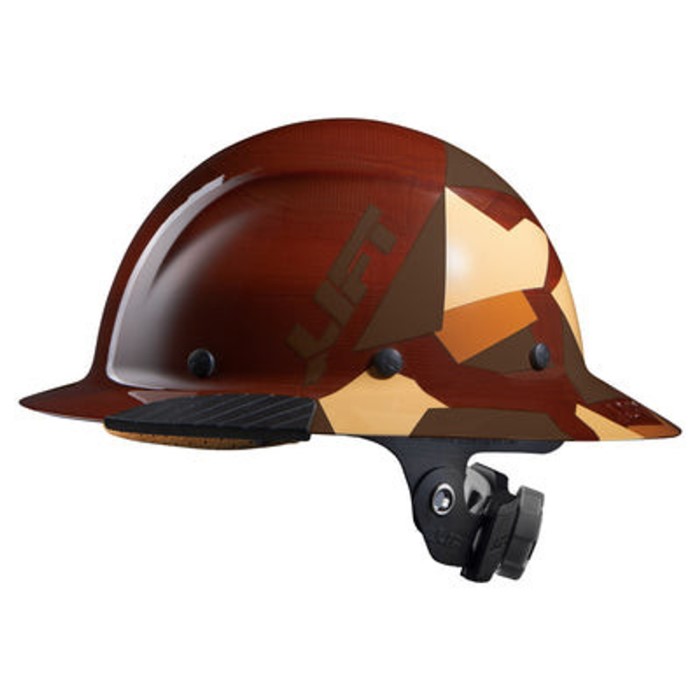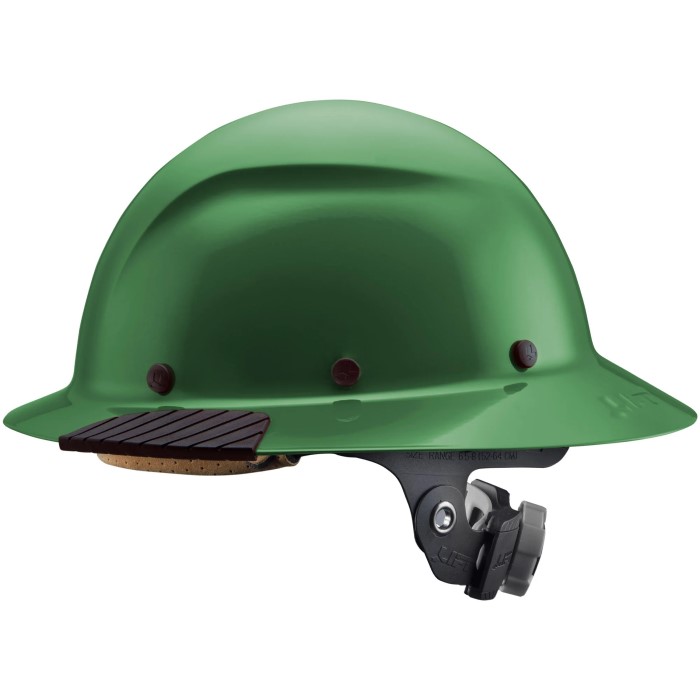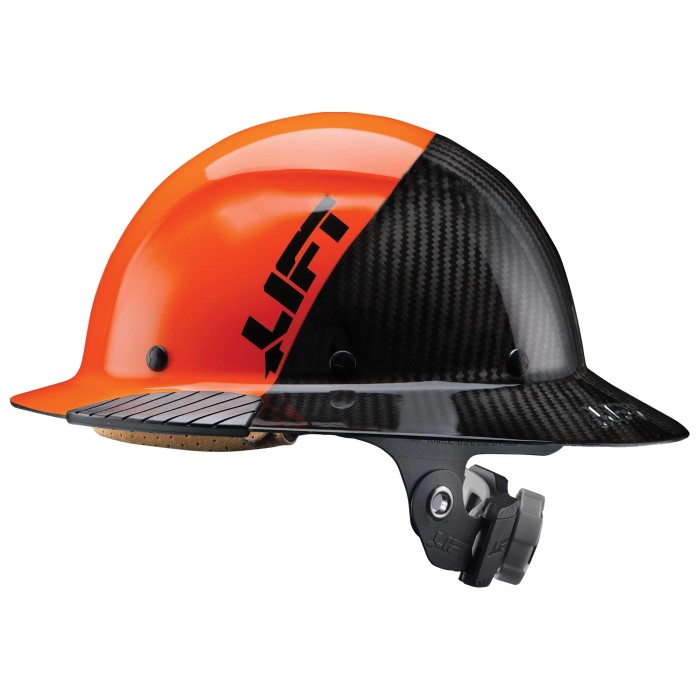Introduction
Hard hats are essential pieces of safety equipment in many industries, including construction, manufacturing, and utilities. They protect our heads from potential hazards, such as falling objects or electrical shocks. However, the effectiveness of a hard hat is dependent on its lifespan and maintenance. The hard hat lifespan can be influenced by several factors including material quality, environmental conditions, and care practices. In this blog post, we will explore ways to maximize the lifespan of hard hats, ensuring they remain reliable and effective for workers in 2025 and beyond.

Understanding how to properly maintain hard hats not only promotes safety but also can lead to cost savings in the long run. Regular maintenance, inspection, and awareness of the signs of wear can determine when it’s time for replacement. Let’s delve deeper into the key strategies and tips to make your hard hat last longer and perform optimally.
Importance of Hard Hat Lifespan
- Safety Compliance: The primary reason for monitoring the hard hat’s lifespan is safety. An expired or damaged hard hat may not provide adequate protection, increasing the risk of injury.
- OSHA Regulations: Familiarity with OSHA (Occupational Safety and Health Administration) regulations is essential. They provide guidelines on hard hat maintenance and replacement, ensuring compliance and worker safety.
- Financial Implications: Investing in quality hard hats is crucial. While the upfront cost may seem significant, extending their lifespan through proper maintenance reduces the need for frequent replacements, saving money in the long run.
- Recognition of Usage Limits: Understanding how hard hats degrade over time—whether from wear and tear, environmental exposure, or impacts—can provide valuable insights for better safety practices.
- Impact of Material and Design: Various hard hats are made from different materials, such as polycarbonate or fiberglass. Each material has different resistance levels to impacts, which can also influence their lifespan.
Factors Affecting Hard Hat Lifespan
Several factors play crucial roles in determining the lifespan of hard hats. Awareness of these can help in making more informed decisions regarding maintenance and replacement.
- Environmental Conditions: Exposure to harsh weather conditions, such as extreme heat, cold, or humidity, can affect the integrity of hard hats. Continuous exposure to UV rays can also degrade their materials.
- Wear and Tear: Frequent usage can lead to wear, especially if the hard hat is involved in repetitive impacts. Scratches and dents on the shell can significantly reduce its protection capabilities.
- Storage Practices: Proper storage is essential in extending a hard hat’s lifespan. Hard hats should be stored in a cool, dry place away from direct sunlight. Improper storage can lead to deformation or damage over time.
- Cleaning Agents: The choice of cleaning agents can also impact the hard hat’s durability. Harsh chemicals can degrade materials, while mild soap and water are typically safer options.
- Personalization and Modification: Adding stickers or paint can be a way to personalize hard hats. However, it is important to ensure that any modifications do not interfere with the hard hat’s performance.
Maintenance Practices for Hard Hats
To maximize the hard hat lifespan, adhering to specific maintenance practices is vital. The following tips will help keep your hard hat in optimal condition:
- Regular Inspections: Conduct frequent thorough visual inspections. Check for cracks, dents, or significant scratches. Any visible damage is a crucial sign that the hard hat may need to be replaced.
- Routine Cleaning: Clean your hard hat regularly using mild soap and water. Avoid using solvents or harsh chemicals that could potentially damage the shell. Rinse and dry it completely to maintain its integrity.
- Dealing with Sweat and Oil: If sweat or oil has accumulated on the inner lining of the hard hat, consider replacing it. Over time, contaminants can degrade the comfort and fit, potentially reducing effectiveness.
- Proper Storage: Store hard hats in a designated area away from chemicals, extreme temperatures, and direct sunlight. Use racks or storage bins specifically designed for hard hats to prevent deformation.
- Keep Accessories in Check: Use approved accessories, such as face shields and ear protection, and ensure they do not interfere with the hard hat’s protective features.
Guidelines for Hard Hat Replacement
Despite preventive care, all hard hats have a limited lifespan. Knowing when to replace your hard hat is an important aspect of maintaining safety standards.
Check Manufacturer Guidelines
- Importance of Manufacturer Recommendations: Most manufacturers provide specific recommendations regarding the lifespan of their hard hats. These guidelines are crucial for maintaining safety standards on the job site.
- Typical Lifespan: The lifespan of hard hats generally ranges from two to five years. However, this can vary significantly depending on the materials used, the frequency of use, and the conditions in which the hard hat is worn.
- Documentation Review: It is essential to check the manufacturer’s documentation, which often includes detailed information about recommended timelines and care practices. Documentation may also explain the factors that could influence the lifespan.
- Understanding Variability: Recognizing that different models may have different lifespans can help you choose the right hard hat for your specific needs. Pay attention to the manufacturer’s guidelines to ensure compliance with safety regulations.
Damaged Shells
- Types of Shell Damage: Damage to the shell of a hard hat can manifest in various ways, including visible cracks, dents, or significant scratches. These imperfections can weaken the structure and protective capability of the hard hat.
- Immediate Action Required: If the shell exhibits noticeable damage that can be felt or seen, the hard hat must be replaced immediately. Continuing to wear a damaged hard hat can compromise safety and increase the risk of injury in hazardous environments.
- Impact on Protection: The protective capabilities of hard hats are designed to absorb shocks and impacts. Any damage can hinder this function, thereby affecting overall safety. Therefore, inspecting the shell regularly is vital.
- Visual and Physical Checks: Conduct routine visual and physical checks of the hard hat shell. Checking for flexibility and integrity can highlight potential issues before they become significant safety hazards.
Worn Linings
- Condition of Inner Foam Lining: The inner foam lining and suspension system are critical components of a hard hat. They help absorb impact and provide a snug fit to enhance comfort. If these components show signs of wear, it is crucial to consider replacing the hard hat.
- Signs of Wear: Look for indications that the foam has compressed, become brittle, or lost its shape. Additionally, any fraying of the suspension system may signify the need for replacement.
- Fit and Comfort: A properly fitting hard hat is essential for it to function effectively. If the hard hat no longer fits snugly, it will not provide optimum protection, especially during impacts.
- Prioritizing Safety: Never compromise on safety. If there are doubts about the integrity of the linings, prioritize replacement to ensure consistent protection.
Expiration Dates
- Understanding Expiration Dates: Be aware that some manufacturers specify an expiration date on the hard hat itself. This date usually indicates the end of its expected lifespan and is essential for compliance with safety standards.
- Following Timelines: Following the expiration date timeline is crucial to avoid wearing a hard hat that may not provide adequate protection. Check for the expiration date on the hard hat before each use.
- Manufacturer Specifications: Different manufacturers may have different specifications regarding expiration. Consult the manufacturer’s materials or guidelines for specific information on your hard hat model.
- Documentation and Replacement: Keeping documentation on hand that notes the hard hat’s expiration can help in planning for timely replacements. This proactive approach can prevent lapses in safety compliance.
Consulting with Supervisors
- Seeking Expert Guidance: If you are unsure about the condition of your hard hat, it is recommended to consult with safety officers or supervisors. These individuals are trained to assess safety equipment.
- Professional Input: Supervisors can offer professional input on maintenance protocols, appropriate inspection practices, and replacement needs based on industry standards and organizational policies.
- Value of Experience: Experienced supervisors often have a wealth of knowledge regarding equipment safety and can provide valuable insights into proper care and usage of hard hats.
- Encouraging Open Communication: Maintaining an open line of communication with your safety team fosters a culture of safety. Encourage discussions regarding equipment conditions and compliance to enhance overall workplace safety.
Hard Hat Inspection Checklist
Carrying out regular inspections is key to ensuring safety at work. Here’s a handy checklist to validate the condition of your hard hat:
- Exterior Shell: Look for cracks, scratches, or other damage on the outer shell. Do this inspection regularly to catch issues early.
- Inner Foam Liner: Inspect the foam liner for any signs of compression or wearing. The liner should be intact and fit snugly against the head.
- Suspension System: Make sure that the suspension system that connects the hard hat to the head is secure and functioning properly. Any fraying or damage may call for a replacement.
- Chin Strap: If your hard hat has a chin strap, check its condition to ensure it is intact and free from excessive wear.
- Expiration Information: Keep a record of when your hard hat was manufactured and check the manufacturer’s recommendations for replacement.
Frequently Asked Questions (FAQ)
What is the lifespan of a hard hat?
Typically, the lifespan of a hard hat ranges from two to five years, depending on its material, usage, and maintenance.
Do hard hats expire at OSHA?
OSHA does not explicitly mandate expiration dates for hard hats. However, it’s important to follow manufacturer guidelines and conduct regular inspections.
What is the expiry of a hard hat?
Expiration varies by manufacturer and model, but many hard hats have a recommended replacement timeframe that aligns with general safety practices.
How long can you wear the same hard hat?
While hard hats can physically last longer, relying on manufacturer recommendations and thorough inspections is vital to ensure ongoing safety and compliance.
Conclusion: Ensuring Safety Through Proper Hard Hat Care
In conclusion, understanding and maintaining the hard hat lifespan is crucial for safety in potentially hazardous work environments. By following the maintenance tips outlined in this article, you can extend the life of your protective equipment and ensure compliance with safety standards. Remember, a properly cared-for hard hat not only maximizes its lifespan but also plays a vital role in protecting you from injury.
Invest in regular inspections, cleaning, and storage protocols to make informed decisions about when to replace your hard hat. With diligent care, you can enjoy peace of mind while working in high-risk environments, knowing that your safety is a priority. Stay aware, stay safe, and prioritize your hard hat’s care to guard against workplace hazards effectively!





